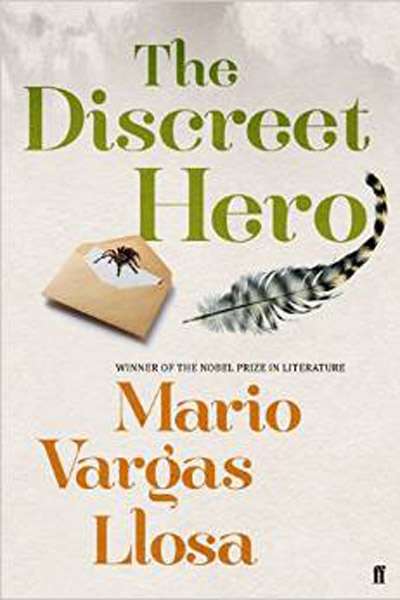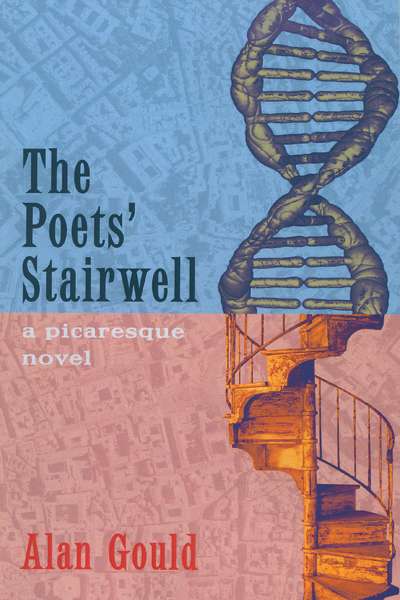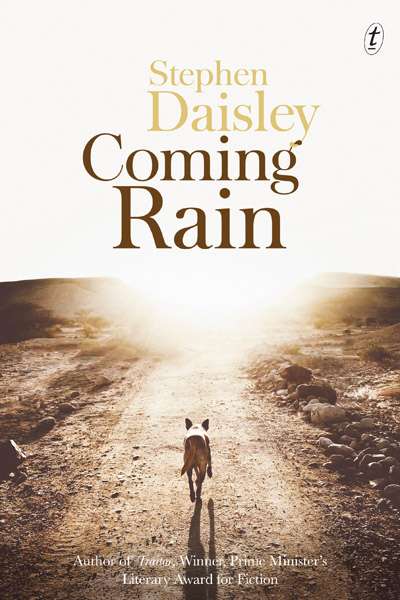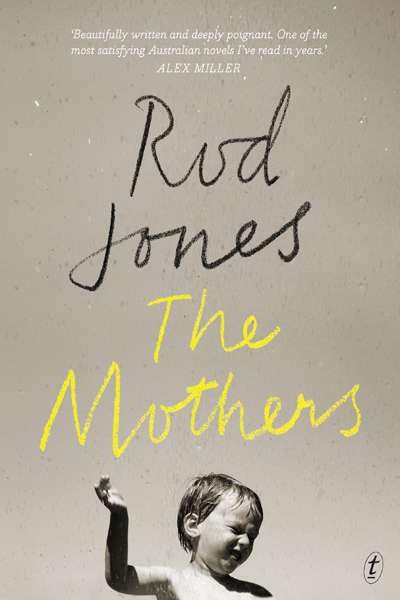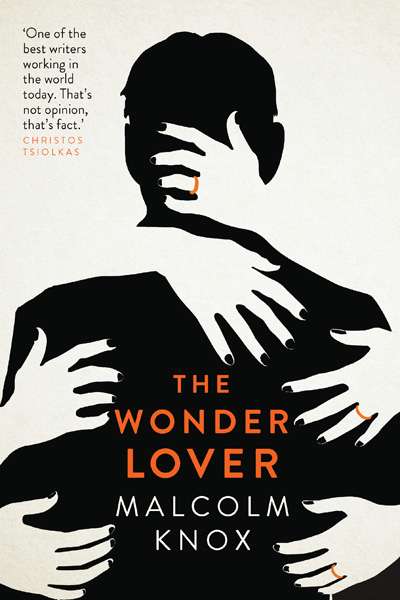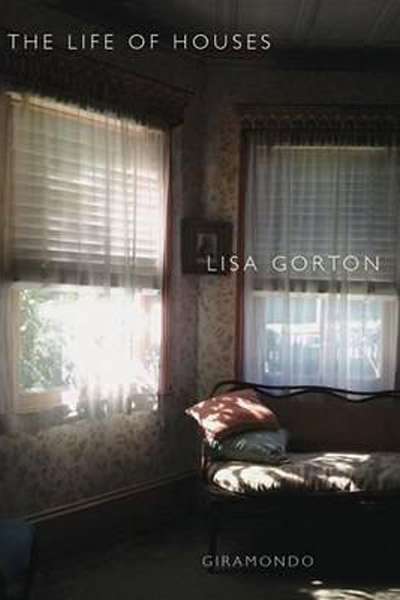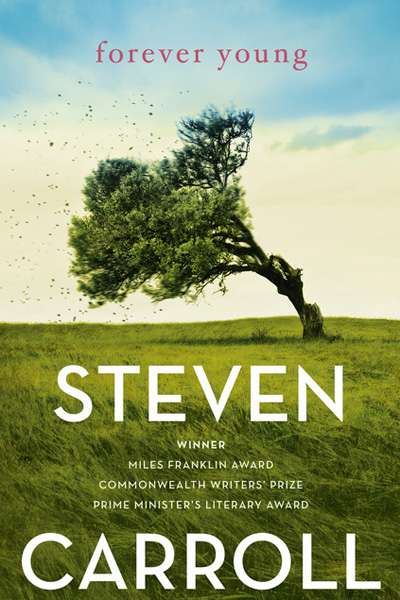Fiction
The Discreet Hero by Mario Vargas Llosa translated by Edith Grossman
Mario Vargas Llosa is one of the marvels of contemporary fiction. The Peruvian Nobel Prize winner not only bestrides it like a colossus, he is also a law unto himself. It is as if he takes the legacy of a realism that is only in his hands magical (because of the enchantment he creates from it) as a kind of blank cheque with which he can license any expense of narrat ...
In 1977 the aspiring poet Alan Gould travelled through Europe with his friend Kevin Hart. Just such a tour forms the narrative thread for Gould’s latest novel, The Poets’ Stairwell. This is a roman à clef and those in the know will enjoy the identification game.
More interesting, though, is the intellectual journey; Gould’s virginal twenty-seve ...
For this reviewer, it’s been a long five years since the publication of Stephen Daisley’s Traitor (2010). The rightly acclaimed and award-winning début novel wrote of the terrors of war, and the life on the land of one irreparably damaged New Zealand soldier, David. As an exploration of the damage done to an ordinary and unappreciated man, the prose was ...
Rod Jones’s new novel, The Mothers, works on a number of levels. It provides a social and familial history of life in Melbourne’s working-class suburbs throughout the twentieth century while also telling the often moving stories of individuals connected across generations, usually mothers and children, battling to survive in adverse circumstances.
Since the publication of his début novel, Summerland (2000), Malcolm Knox has established himself as one of the most ambitious and exciting fiction writers at work in Australia. A seasoned journalist, recipient of two Walkley Awards– one for his work, with Caroline Overington, in the exposé of Norma Khouri– and prolific author of diverse non-fiction wor ...
We meet Kit, a reticent and slightly spoilt teenager, just after her arrival at the train station of an unnamed Victorian seaside town. She has been picked up by her friendly, daggy aunt Treen and taken to the Sea House, a dilapidated nineteenth-century mansion that is a case study in antipodean gothic.
Treen lives in the Sea House as a carer and companion t ...
Kate Grenville’s Lilian’s Story is one of the great Australian novels of the last thirty years. When it was first published in 1985, it was immediately hailed as a masterpiece. The original cover carried a recommendation by Patrick White, Nobel laureate and the greatest writer of any kind Australia has produced. White said ...
Tony Birch on 'The Chant of Jimmie Blacksmith' by Thomas Keneally for Reading Australia
Thomas Keneally’s novel The Chant of Jimmie Blacksmith (1972) is based in part on historical events, particularly the crimes committed by Jimmy Governor, an Aboriginal man from New South Wales. In 1900, Governor was a key figure involved in the killing of nine Europeans, including five women and children. The killings followed Governor’s marriage t ...
The shortlist for the 2011 Miles Franklin Literary Award, which included Kim Scott’s That Deadman Dance, was controversial because it consisted of only three novels, all w ...


